New paper explores René Favaloro’s essential role in the iconic procedure
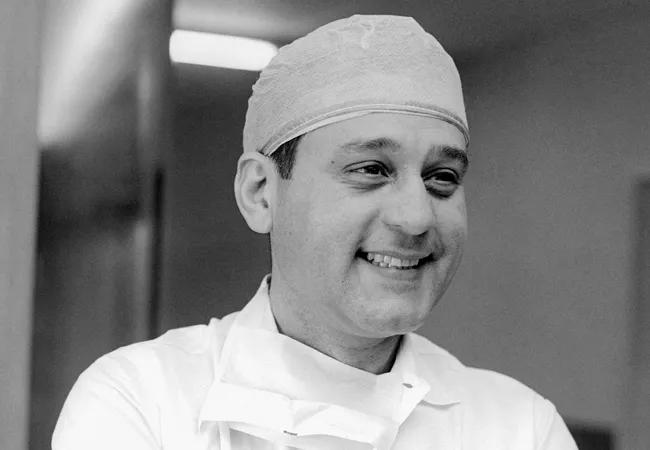
Cleveland Clinic is a non-profit academic medical center. Advertising on our site helps support our mission. We do not endorse non-Cleveland Clinic products or services. Policy
René Favaloro, MD, was never comfortable with being called “the father of coronary artery bypass surgery,” but legendary heart surgeon Denton Cooley, MD, wrote that “he is the surgeon we should credit with introducing coronary bypass surgery into the clinical arena.”
That introduction began 50 years ago last May when Dr. Favaloro (pictured above) made his first successful attempt at coronary vein grafting with an interposed saphenous vein graft and soon thereafter with bypasses from the ascending aorta. He accomplished these advances at Cleveland Clinic, where he and other cardiothoracic surgeons soon began refining and expanding applications of coronary artery bypass graft surgery (CABG) at an unmatched scale and pace:
This collective work is the focus of a review article that I and my colleagues just published in the Journal of Thoracic and Cardiovascular Surgery to mark the 50th anniversary of modern CABG and to recognize Dr. Favaloro’s central role in its development and his abiding legacy in our management of CAD.
The article takes care to note that Dr. Favaloro was one among a few bold pioneers who contributed to the long, iterative process that led to modern CABG. These efforts began in 1910, when Alexis Carrel described a series of canine experiments in which he used a segment of carotid artery to connect the descending aorta to the left coronary artery and create a “complementary circulation” for diseased coronaries. Efforts continued through Arthur Vineberg’s identification of the uniquely promising graft properties of the ITA to Vasilii Kolesov’s early bypass surgeries in Russia in the mid-1960s, among other milestones.
One watershed moment was Cleveland Clinic cardiologist F. Mason Sones’ serendipitous 1958 discovery of the potential value of selective coronary angiography. Dr. Sones subsequently showed that this procedure could localize coronary lesions with precision, providing the long-sought road map for revascularization. Dr. Favaloro said that without the work of Dr. Sones, “all our efforts in myocardial revascularization would have been fruitless.”
In fact, Drs. Favaloro and Sones worked as close partners to establish CABG in the wake of Dr. Favaloro’s initial bypass procedure in May 1967. They meticulously followed their CABG patients clinically and angiographically to establish the procedure’s safety, effectiveness, durability, reproducibility and relative simplicity.
Our new paper also makes clear that while Dr. Favaloro’s 1967 achievement was the beginning of the modern CABG era, it was merely the beginning, as the procedure has never ceased being improved and refined since. Those refinements include the introduction of additional arterial conduits, placement of multiple grafts for more complete revascularization and the development of minimally invasive techniques, among others.
Dr. Favaloro himself is responsible for a number of refinements. He is credited with the evolution of bilateral ITA grafting, his inventive ITA retractor eased the process of exposure and harvesting, and he popularized bilateral ITA harvesting. What’s more, a team of Dr. Favaloro’s successors at Cleveland Clinic published in 2004 a major study documenting superior long-term survival with bilateral ITA grafting relative to single ITA grafting.
CABG refinements continue still. For instance, I am proud to be part of a large randomized trial to begin in 2018 that aims to definitively answer the question of whether bilateral ITA or multiarterial grafting is superior to single ITA-to-LAD grafting.
Speaking of randomized trials, CABG was one of the first major operations to be subjected to evaluation by randomized controlled trials, and over the past five decades it has likely become the most thoroughly studied surgical procedure ever.
Dr. Favaloro anticipated the importance that attentive outcomes scrutiny would have for this procedure he helped pioneer, and he was an early advocate for risk adjustment in CABG outcomes evaluation. This was just one instance in which he proved to be visionary, as he also was an early proponent of multiarterial grafting and foresaw the emergence of hybrid revascularization with or without robotic assistance.
Another way in which Dr. Favaloro was prescient was in recognizing the importance of close collaboration of cardiac surgeons with cardiologists long before the advent of today’s heart teams. He spent long hours in the 1960s with his cardiologist colleague Dr. Sones reviewing coronary angiograms in Cleveland Clinic’s basement to deepen their understanding of CAD and enable the CABG advances they would bring forth. They continued to work closely in the years after the 1967 breakthrough to shape the field’s understanding of which patients would be the best candidates for CABG.
“I have always believed in teamwork,” Dr. Favoloro wrote in 1998, in one of his last review papers. “‘We’ is more important than ‘I.’ In medicine, the advances are always the result of many efforts accumulated over the years.”
Indeed. There is no better testament to his words than the CABG procedure he established in its modern form.
Dr. Bakaeen is a cardiothoracic surgeon in Cleveland Clinic’s Miller Family Heart & Vascular Institute.

How our first century has impacted cardiovascular practice
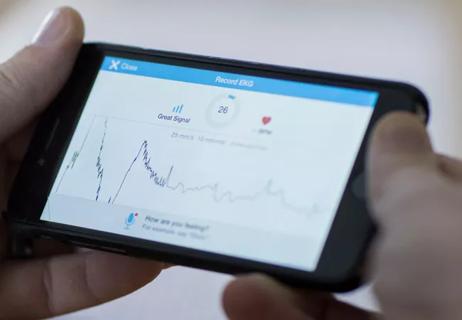
Review offers comprehensive assessment of the landscape for wearables and more

Preserving trust in research requires vigilance and consensus around statistical nuances

Cardiac surgeon Patrick Vargo, MD, reflects on his first year as Cleveland Clinic staff
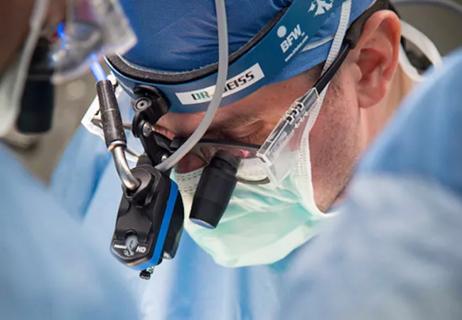
Improved risk prediction for patients is at the heart of Dr. Aaron Weiss’ research interests

Centralization would likely bring better outcomes, experts say, but may not be feasible
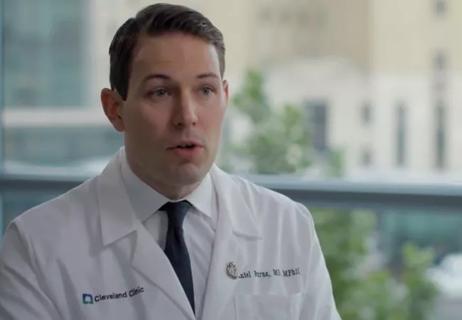
Dr. Daniel Burns on mentorship, robotic valve surgery, statistics and more
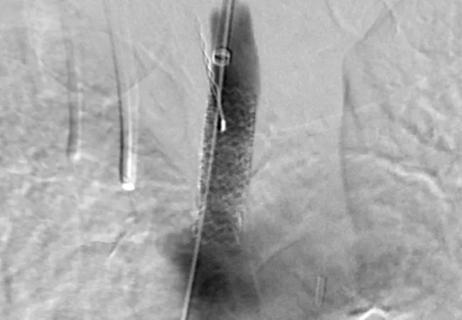
JACC review makes the case and outlines how to ensure oversight